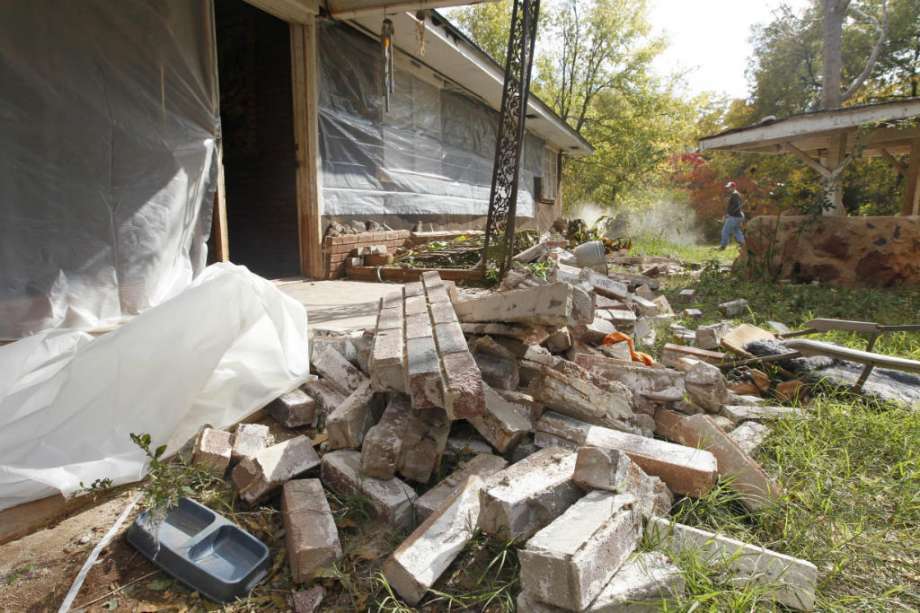
An increase in earthquakes in the Rocky Mountain and Oklahoma region is likely tied to an uptick in wastewater injection, a process used to dispose of water in oil and gas operations, according to the US Department of Energy.
The Energy Department cited research from the US Geological Survey, which has found that earthquakes in oil and gas-producing regions of the US have increased dramatically since 2009. The earthquakes, usually in the three or four magnitude range, have coincided with a shale booms in Oklahoma, Colorado and California.
There have been reports of small earthquakes in Texas, but oil and gas regulators in Texas have said they don’t believe the rise of earthquakes in the state can be connected to oil and gas operations. But a ground-breaking report released this week suggested otherwise — namely that the shale boom has caused earthquakes, degraded natural resources and overwhelmed small communities.
Oklahoma seems to be particularly susceptible to earthquakes caused by wastewater injection, the Energy Department noted. The state naturally has greater amounts of water mixed with its oil and gas, which means drillers have more chemical-laced water that needs to be disposed. Oklahoma’s geology also has existing faults that are stressed by wastewater injection.
Other oil and gas states like North Dakota and Montana, which share the Bakken region, rarely experience earthquakes, the Department of Energy said.
A drop in oil prices, and therefore production, helped curtail a further increase in earthquakes, according to the USGS report. Some states, like Oklahoma, have also started limiting wastewater injection.
This article first appeared on the Houston Chronicle – an Energy Voice content partner. For more click here.
Recommended for you
